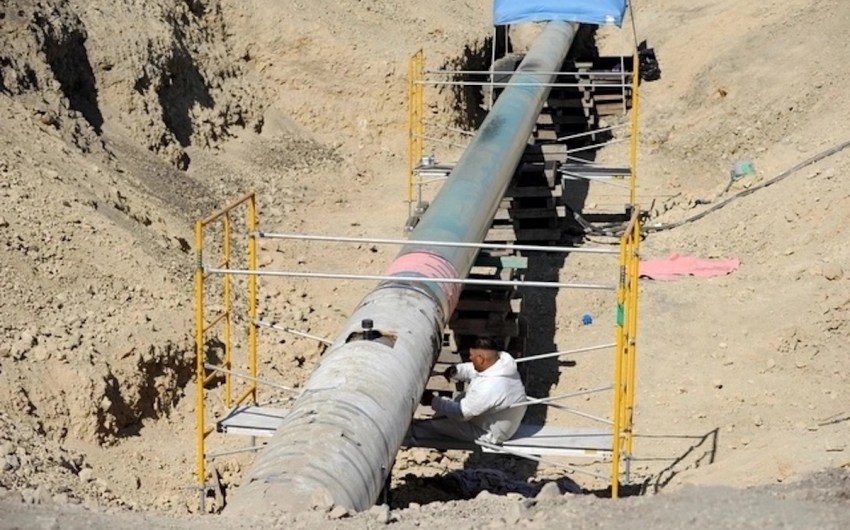Dangerous Heavy Metals in Fire Retardants?
USC Study Estimates 850,000 Pounds of Harmful Chemicals Left Behind at Scene of Forest Fires

A recent study released by USC indicates the presence of significant heavy metals in wildfire retardants that are deemed dangerous to humans when subjected to chronic exposure. As wildland fires have grown in size, intensity, and frequency, the amount of these brightly colored retardants — known as Phos-Chek — dropped on U.S. Forest Service land has doubled in the past 10 years.
USC researchers with the school of environmental engineering sought to explore the spike in heavy metal residues found at the scene of forest fires in which Phos-Chek was deployed. The study stated that 850,000 pounds of these chemicals — cadmium, chromium, and vanadium — have been left behind in the Western U.S. from 2009-2021. These are known to cause liver damage and various forms of cancer among humans subjected to long-term exposure.
Firefighters say Phos-Chek — which slows the spread of wildfires by coating the fires’ natural fuels with a sticky chemical raincoat — has proved indispensable in fighting large-scale wildfires and has done so for 60 years.
Environmentalists have long contended Phos-Chek and other variants inflict lasting ecological damage to the natural environment and to the animals inhabiting it. The company that manufactures Phos-Chek responded that the specific retardant studied by USC researchers is not the kind used in actual forest fires. Authors of the study don’t claim their findings qualify as a “smoking gun” — more of a smoldering one, instead — but suggests a fruitful avenue for further research.









